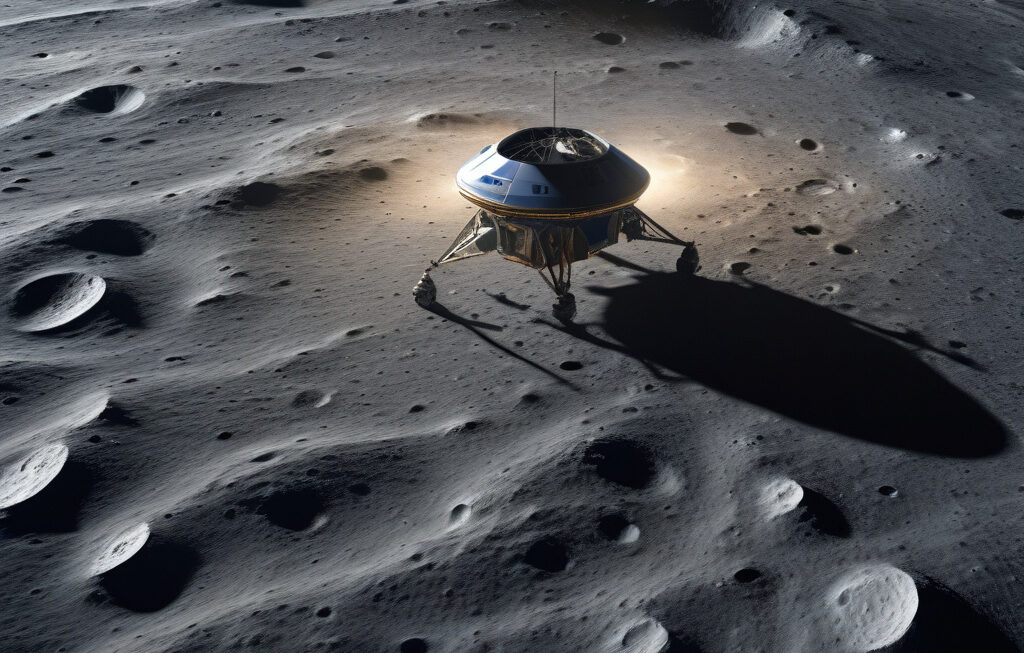2,300-Year-Old Chinese Star Chart: A Glimpse into Ancient Astronomy
Researchers have reanalyzed the long-perplexing “Star Manual of Master Shi” and discovered that it could be the world’s oldest celestial map, shedding new light on ancient Chinese astronomy. This significant finding not only unveils the advanced astronomical knowledge of the Chinese civilization over two millennia ago but also highlights the meticulous observations and sophisticated mapping techniques employed by early astronomers.
The “Star Manual of Master Shi,” dating back to the Western Han Dynasty (206 BCE – 9 CE), has long been a subject of fascination and scholarly debate. Initially unearthed in the 1970s from the tomb of a nobleman in the central Chinese province of Hunan, the star chart has perplexed researchers due to its intricate details and cryptic symbols. However, recent advancements in technology and analytical methods have enabled a fresh examination of this ancient celestial map, leading to groundbreaking revelations.
Through meticulous examination and comparison with modern star charts, researchers have identified a remarkable resemblance between the “Star Manual of Master Shi” and contemporary astronomical knowledge. The positioning of constellations, the depiction of celestial bodies, and the inclusion of key astronomical features all indicate a sophisticated understanding of the night sky. This suggests that ancient Chinese astronomers possessed a high level of astronomical expertise, rivaling that of other ancient civilizations such as the Greeks and Babylonians.
Moreover, the discovery of the world’s oldest celestial map challenges existing narratives about the history of astronomy, highlighting the need to reevaluate the contributions of non-Western civilizations to the field. While Western astronomy has often been emphasized in historical accounts, the “Star Manual of Master Shi” serves as a testament to the rich astronomical traditions of ancient China and the importance of recognizing diverse cultural perspectives in the study of the cosmos.
In addition to its astronomical significance, the ancient Chinese star chart provides valuable insights into the cultural and societal context of the Western Han Dynasty. The inclusion of specific constellations, the symbolism attached to certain stars, and the alignment of the map with traditional Chinese cosmology all reflect the broader beliefs and practices of the time. By decoding these elements, researchers can gain a deeper understanding of how astronomy was intertwined with various aspects of ancient Chinese society, including religion, philosophy, and governance.
As we marvel at the intricacies of the 2,300-year-old “Star Manual of Master Shi,” we are reminded of the enduring legacy of ancient civilizations and their contributions to human knowledge. This remarkable celestial map not only expands our understanding of early Chinese astronomy but also invites us to explore the interconnectedness of cultures through the universal language of the stars.
In conclusion, the reanalysis of the world’s oldest celestial map, the “Star Manual of Master Shi,” offers a fascinating glimpse into the astronomical achievements of ancient China and challenges conventional narratives about the history of astronomy. By unlocking the secrets of this ancient star chart, researchers are not only unraveling the mysteries of the cosmos but also honoring the intellectual heritage of a civilization that looked to the heavens for guidance and inspiration.
ancient astronomy, Chinese civilization, celestial map, astronomical knowledge, cultural heritage












